

Possums are one of New Zealand's biggest pests. Currently they are controlled by poisoning and trapping, but this is expensive and ongoing. Biological control has the potential to provide novel ...
READ MORE
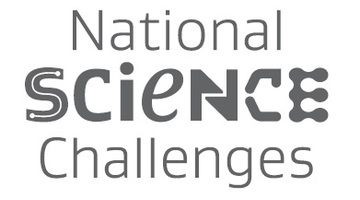
As New Zealanders looking to the future, we are faced with many opportunities – and challenges. These include improving the health of all our people, advancing our economic growth, protecting our ...
READ MORE

Potatopak (now re-branded as earthpac) make and sell potato plates. Find out more about the research and development needed to take biodegradable potato plates from the initial concept to the ...
READ MORE

In this activity, students compare the rate of degradation of disposable plates using three different disposal methods. Purpose To experiment with a range of disposable plates made from different ...
READ MORE

Rubbish or waste is part of our lives. How we deal with it has changed through the ages. We know that out of sight, out of mind is a fallacy, and what we bury today has the potential to affect ...
READ MORE

Students use a three-level reading guide strategy to locate, interpret and apply the information to consider the role of research in finding easy care sheep traits. Purpose Students engage with ...
READ MORE

Be part of a worldwide movement and use Global Earth Challenge to submit or classify photos to help our planet’s environment and human health. Global Earth Challenge is a citizen science campaign ...
READ MORE

Did you know that elephants’ ears can be used to identify individuals living in the wild? Join this citizen science project to help recognise individual elephants by identifying their unique ...
READ MORE
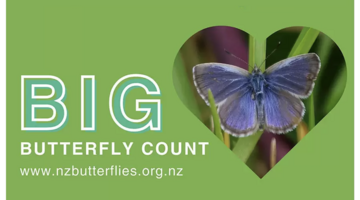
This New Zealand-based citizen science project collects data about butterflies in our gardens, schools, parks and farms – any location in the country or on the outer islands. This annual event – ...
READ MORE
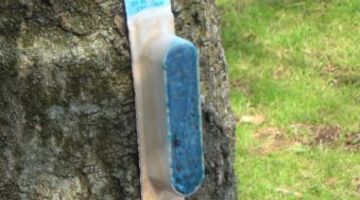
Students collect information from the public about methods of controlling possum numbers and then present a report on the use of biocontrol. Purpose Although the active biocontrol research ...
READ MORE
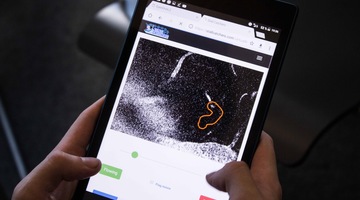
Games have long been used for developing both skills and knowledge in the education sector. As digital technologies continue to develop, the range of digital learning games also continues to ...
READ MORE
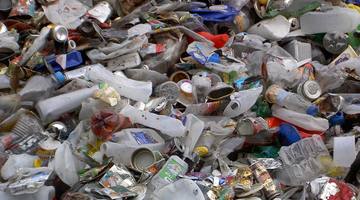
Below are links to Science Learning Hub resources for primary teachers related to recycling and biodegradability in the Material World strand of the New Zealand Curriculum. Recycling and ...
READ MORE
Of course it is really important that other species are not affected. This is one of the problems with using poisons, like 1080. They are often non-specific, and kill species other than possums ...
READ MORE
Developing the products requires a lot of research and trialling to produce successful products. How does Potatopak do this?
READ MORE
When dags form on a sheep’s backside, it makes them susceptible to flystrike, which occurs when blowflies lay maggots in their fleece. Dr David Scobie describes the problem flystrike causes and ...
READ MORE

This interactive shows the techniques used to make transgenic animals at AgResearch in New Zealand. Molecular biology techniques such as restriction enzyme digests, ligation, tissue culture and ...
READ MORE

This interactive shows how scientists confirm a newborn calf is a transgenic animal. View the steps AgResearch scientists use to produce a transgenic cow in this related interactive.
READ MORE
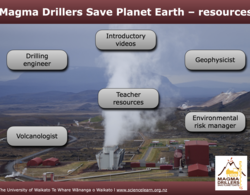
This interactive introduces and houses resources developed by Magma Drillers Save Planet Earth – a University of Canterbury project funded by Curious Minds. Select here to view the full ...
READ MORE